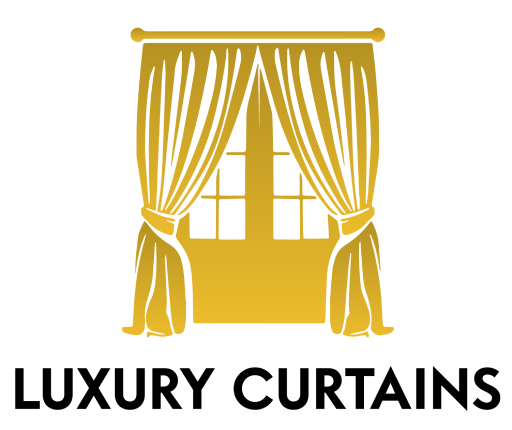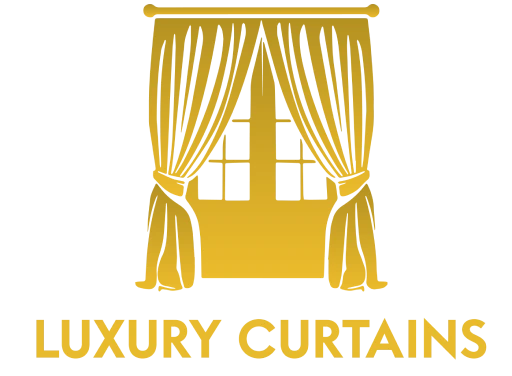Wallpaper can completely transform the look and feel of a room by adding texture, pattern, and visual interest. Below are some popular types of wallpaper to consider:
Styles:
- Floral
- Geometric
- Abstract
- Nature-inspired
- Minimalist
Materials:
- Paper-based
- Vinyl
- Non-woven
- Natural fibers (grasscloth, bamboo)
- Digital printing
Popular Trends:
- Bold colors and patterns
- Metallic accents
- Textured finishes
- Nature-inspired designs
- Vintage and retro styles
Benefits of Wallpaper:
- Adds visual interest
- Hides imperfections
- Creates ambiance
- Easy to clean
- Long-lasting
Things to Consider:
- Durability
- Maintenance
- Lighting
- Color scheme
- Personal style
Some popular wallpaper brands include:
- Farrow & Ball
- WallpaperSolutions
- Graham & Brown
- Cole & Son
- Ralph Lauren What type of wallpaper are you interested in? Do you have a specific style or material in mind?
Wallpaper Overview
Wallpaper has been a staple in home decor for centuries, offering a versatile and stylish way to transform any room into a stunning sanctuary. With its vast array of patterns, textures, and designs, wallpaper can add depth, visual interest, and personality to even the most ordinary spaces. From classic stripes and florals to modern geometric and abstract motifs, there’s a wallpaper to suit every taste and style. Whether you’re looking to create a bold statement wall or a subtle, understated backdrop, wallpaper’s adaptability makes it an ideal choice.
Advances in technology have introduced innovative materials and finishes, such as textured, metallic, and eco-friendly options, expanding the design possibilities. Moreover, wallpaper can help conceal imperfections, add insulation, and even aid in soundproofing, making it not only a visual enhancement but also a practical solution. With its ability to evoke emotions, spark creativity, and tie together diverse design elements, wallpaper has become a timeless and essential component of interior design, empowering homeowners to express their unique styles.
Purpose of Wallpaper
The purpose of wallpaper goes beyond aesthetics. It serves as a multifaceted design element that can elevate any space. Wallpaper adds visual depth and creates a unique focal point, while also helping to define different areas within an open-plan layout. It’s a tool for personal expression, allowing individuals to showcase their style and creativity. Wallpaper also hides imperfections like cracks and uneven surfaces, resulting in a smooth, uniform appearance. Additionally, it can contribute to the ambiance of a room, with different patterns, colors, and textures evoking various moods. Wallpaper also plays a functional role by aiding in soundproofing and insulation and even helps regulate temperature. It ties together elements like furniture, flooring, and decor, creating a cohesive and harmonious space that reflects the occupant’s personality.
Interesting Fact About Wallpaper
Did you know that wallpaper has a rich history dating back thousands of years? The earliest known use of wallpaper was in ancient China, where rice paper was used to decorate walls as early as 2000 BCE. In ancient Egypt, wall coverings were used to embellish temples and palaces. Wallpaper became a status symbol in Europe during the Middle Ages, reserved for the wealthy. The Industrial Revolution later made wallpaper accessible to the general population. Today, advances in digital printing and materials have made it possible to create high-resolution designs and textures, ensuring wallpaper remains an integral part of interior design.
Uses of Wallpaper Around the World
Wallpaper is used in a variety of ways across different countries, reflecting local craftsmanship and cultural traditions. In homes, it’s used to add visual appeal, define spaces, and enhance ambiance. Commercially, it can be found in hotels, restaurants, and offices, helping to create environments that reflect brand identities. Healthcare facilities use soothing wallpaper to promote relaxation, while retail spaces often use bold wallpaper to create eye-catching displays. Wallpaper is also used in:
- Theatrical sets and film productions
- Exhibition stands and event backdrops
- Furniture and product design
- Packaging and branding materials
- Digital displays and interactive installations
Whether in urban spaces or rural homes, wallpaper adapts to various climates, styles, and tastes, demonstrating its versatility.
Types of Wallpaper in Interior Design
In interior design, wallpaper comes in a variety of styles and functions:
- Natural wallpapers (e.g., grasscloth, bamboo) bring an organic warmth.
- Paintable wallpapers offer customization with a color of choice.
- Textured wallpapers (e.g., embossed, flocked) add depth and dimension.
- Metallic and holographic wallpapers create modern, glamorous looks.
- Digital wallpapers can display high-resolution images, ideal for feature walls.
- Vintage and retro-style wallpapers bring nostalgic flair.
- Eco-friendly wallpapers made from sustainable materials reflect modern design ethics.
- Acoustic wallpapers reduce noise, while magnetic wallpapers offer creative surfaces.
Traditional Wallpaper
Traditional wallpaper has a timeless beauty. These iconic designs are inspired by nature, architecture, and art. Classic patterns like damask, toile, and florals bring sophistication, while stripes and geometrics add refinement. Traditional wallpaper often features intricate details, such as hand-painted motifs, ornate borders, and subtle textures, which create depth and visual interest. These wallpapers have been used in esteemed interiors for centuries, from grand palaces to cozy cottages. Whether used as a statement wall or throughout a room, traditional wallpaper brings warmth and character, remaining relevant in both historical and modern settings.
Small-Patterned Wallpaper
Small-patterned wallpaper offers a refined and understated design solution, perfect for minimalist spaces or those seeking tranquility. Its subtle patterns, such as delicate florals and gentle geometrics, create a calming atmosphere, making it ideal for small rooms, nurseries, or bedrooms. It adds visual interest without overwhelming the senses and complements statement pieces, ensuring the space feels balanced.
Floral Wallpaper for the Dining Room
Floral wallpaper can make a dining room feel warm and inviting. Delicate blooms and lush greenery offer an elegant touch, while bolder patterns can bring a playful, vibrant atmosphere. Floral wallpaper creates a connection to nature, adding a calming effect to the space. In a dining room, it pairs well with both traditional furnishings and modern decor, adding a layer of sophistication and hospitality. With floral wallpaper, you can create a memorable dining space perfect for shared meals and special moments.
In Conclusion
Wallpaper remains a timeless and versatile design element that can transform any space. With a vast array of styles, materials, and patterns, it offers endless possibilities for creativity and self-expression. Whether traditional or modern, bold or understated, wallpaper has the power to add depth, texture, and personality to any room, ensuring its place as a beloved and integral part of interior design for generations to come.
+971 55 707 8518 | ABBAS
contact us today


